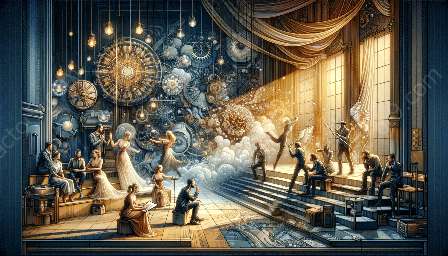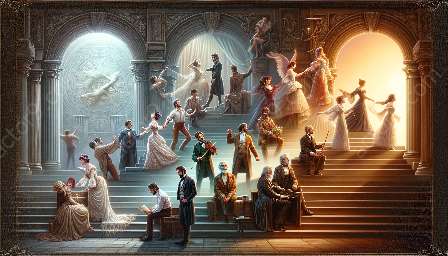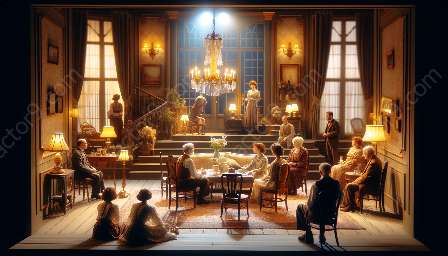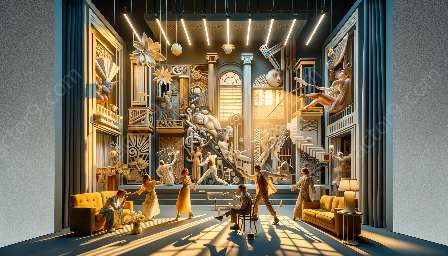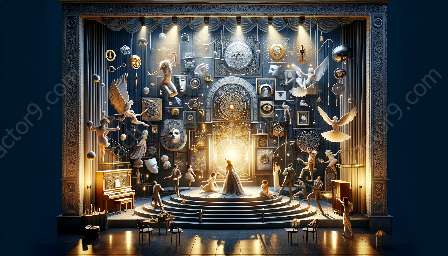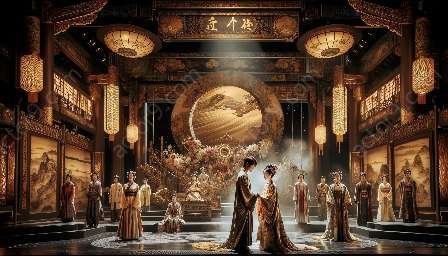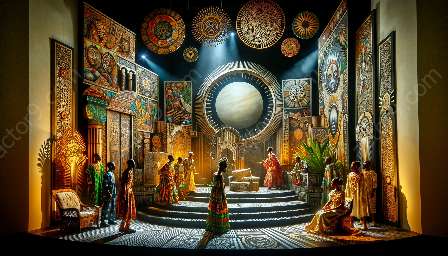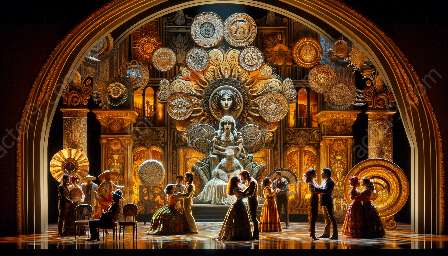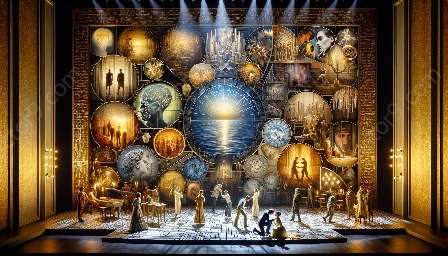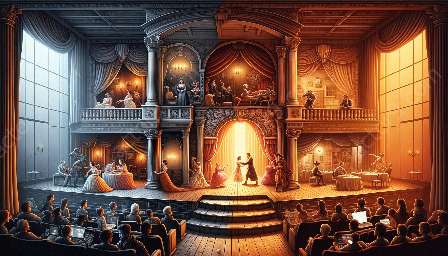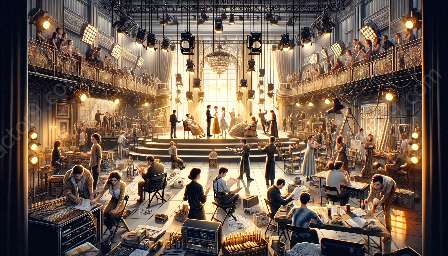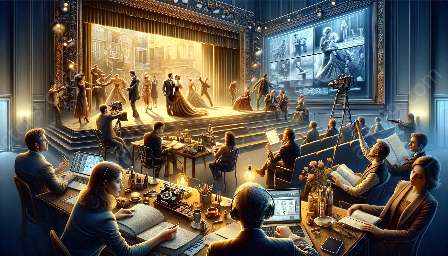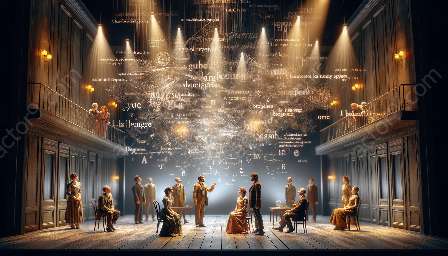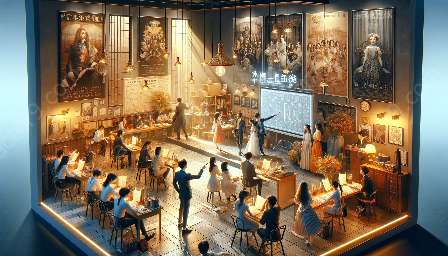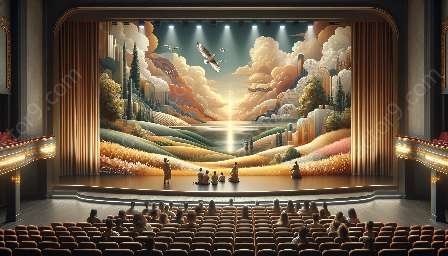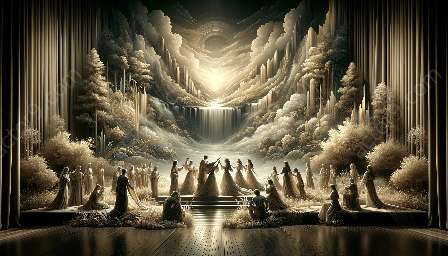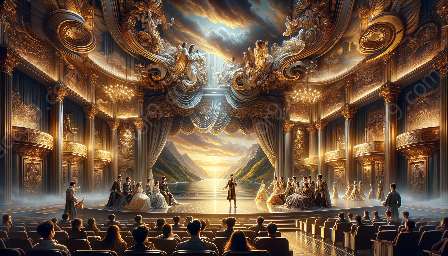Latin American modern drama has flourished within a unique cultural and historical context, setting it apart from other modern theater movements. The key differences lie in the themes, stylistic elements, and socio-political influences that have shaped Latin American modern drama.
When comparing Latin American modern drama with other modern theater movements, it's important to note that the Latin American region has its own distinct artistic traditions and historical narratives. These elements have significantly impacted the development of modern drama in Latin America, leading to a rich and diverse theatrical landscape.
Distinctive Features of Latin American Modern Drama
Latin American modern drama often incorporates themes that are closely tied to the region's history, social issues, and cultural identity. The exploration of political oppression, colonialism, indigenous cultures, and socio-economic disparities is prominent in Latin American modern plays and performances. Furthermore, magical realism, a literary style closely associated with Latin American literature, has also influenced the dramatic works in the region, resulting in a unique blend of the real and the fantastical.
Additionally, the use of language and dialects in Latin American modern drama reflects the linguistic diversity of the region, with playwrights often incorporating various forms of Spanish, Portuguese, and indigenous languages into their works. This linguistic richness adds depth and authenticity to the portrayal of characters and settings.
Comparative Analysis with Other Modern Theater Movements
When comparing Latin American modern drama with other modern theater movements, such as European modernism or American realism, notable differences emerge. European modernism, characterized by its avant-garde experimentation and focus on existential themes, often differs from Latin American modern drama in its cultural references and historical context. Similarly, American realism, which delves into domestic settings and everyday life, may contrast with Latin American modern drama in terms of its thematic scope and stylistic choices.
Furthermore, Latin American modern drama has been deeply influenced by indigenous traditions and ritualistic performances, setting it apart from other modern theater movements that may not share the same cultural roots. This influence has led to the incorporation of indigenous myths, rituals, and folk traditions into Latin American modern drama, adding a unique and culturally significant dimension to the theatrical experience.
Cultural and Artistic Influences
The cultural and artistic influences in Latin American modern drama are diverse and multi-layered. From the legacy of colonialism to the emergence of indigenous voices, Latin American modern drama reflects a complex interplay of historical narratives and artistic innovations. This fusion of cultural influences has contributed to the development of a distinct theatrical aesthetic that resonates with audiences both within and outside the region.
With the rise of political movements and social upheavals in Latin America, modern drama has served as a platform for dissent, resistance, and expression of collective struggles. The socio-political influences on Latin American modern drama distinguish it from other modern theater movements, as the content and forms of expression often respond to specific historical events and societal challenges in the region.
Conclusion
In conclusion, the key differences between Latin American modern drama and other modern theater movements stem from the region's unique cultural, historical, and artistic influences. Latin American modern drama stands out for its exploration of indigenous traditions, magical realism, political themes, and linguistic diversity, all of which contribute to a rich and captivating theatrical tradition. By considering these distinctive features and influences, one can gain a deeper appreciation for the dynamic and diverse landscape of Latin American modern drama.


